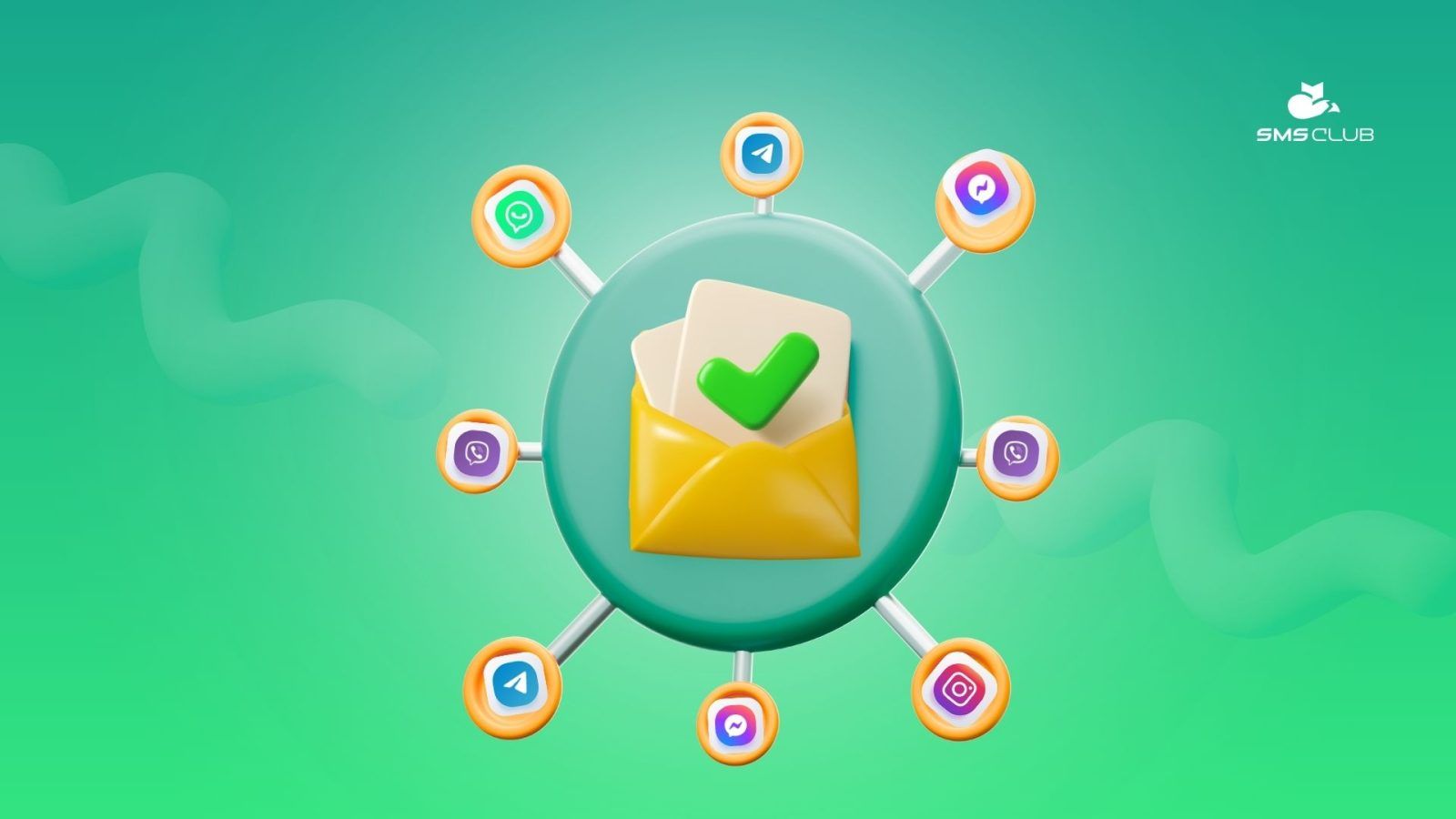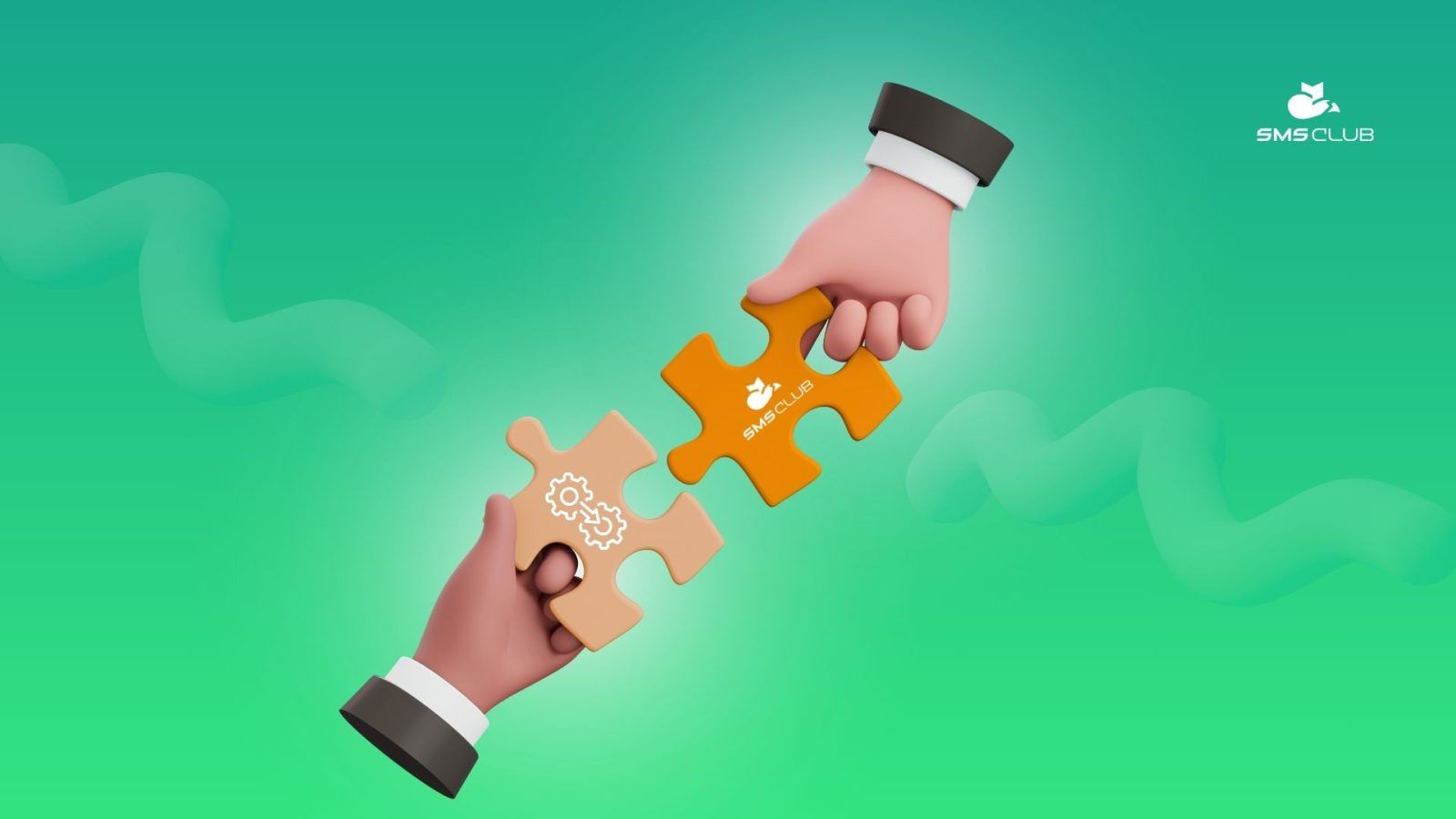Why is mass SMS messaging not spam, but an effective marketing tool?

Contents:
Contents:
“Don’t flood, so you won’t get banned”—says one of the oldest commandments of the Internet community. Flood—from the English word “Flood”—means meaningless information in large volume. So large that it becomes annoying. And advertising is sometimes perceived as flood too—especially when it’s intrusive, pushy, and overwhelming.
Indeed, about 10 years ago, some companies promoted their products and services aggressively—no surprise that people began to view any messages through communication channels with skepticism at best. Since 2022, the situation has been changing. Mainly because new legislation has come into force to regulate the issue.
Today, mass messaging in Ukraine is more than legal. To avoid falling into the category of “online SMS flood”, you need to follow a few rules and know and respect your target audience—this not only benefits your reputation, but also prevents wasting your advertising budget.
How spam differs from a legal SMS campaign
Let’s recall that the main requirements for messaging are regulated by:
- The Law “On Electronic Communications”,
- The Law “On Advertising”,
- The Law “On Personal Data Protection”.
Violating advertising regulations in Ukraine results in penalties. Specifically, a fine of three thousand tax-free minimum incomes for citizens may be imposed for spam in general and SMS flood in particular.
To ensure your messaging complies with all legal parameters, you must ensure:
- Availability of opt-in or “customer’s consent to receive messages”. Getting this document is easy—it’s enough for a person to check a box on an online form. That box ultimately saves a lot of advertising money—by obeying the law, you message someone who’s already interested in your product.
- An automatic sender identifier—an Alpha name. Having it minimizes the perception of SMS as suspicious. You can register it yourself, but it’s better to consult with professionals to avoid having to redo the process.
- The ability for the client to unsubscribe from messages. This option is now available in every campaign.
The question arises: if there are so many legal nuances, and some companies offer SMS flood services—wouldn’t it be easier to use their offer? Easier—but more expensive. It means not only the risk of a fine, but also losing customer trust. And even if there’s some result, you won’t be able to measure its success or replicate it.
What is the average SMS-to-purchase conversion rate?
Thorough marketing analysis is the foundation for promotion in any niche—without it, you won’t understand how effective a particular tool is. SMS marketing also relies on many analytical metrics—clicks, responses, sales, etc.
Let’s look at the main one: conversion. Simply put, it’s how many clients not only saw your ad, but also gave you real money.
Experts believe that for e-commerce, the standard conversion rate for SMS campaigns is 3-5%. In some niches, this figure can reach 10%—if the client base is owned and nurtured over years.
This allows you to segment your mailing audience easily—and avoid being intrusive.
It’s important to note that the average SMS conversion rate is neither universal nor fixed—every business must develop its own. This figure depends on the product’s specifics, “trendiness”, seasonality, demand, and price.
Two examples showing that the era of SMS flood is truly behind us:
- A travel company focusing on boutique trips sends out messages about journeys twice a year. It selects only 100 clients from a base of about 2,000. Each time, one, maybe two people respond to a trip costing around $2 400 (excluding flights). A 1% conversion in this case is excellent. The secret to steady results lies in understanding the context—who the client is, which route will impress them, and what they won’t find with competitors.
- A store selling affordable urban backpacks runs sales at optimal intervals. Their conversion rate is the same average 5%. Reaching this rate took time: through trial and error, they identified three customer groups. Each group receives a pleasant SMS offer no more than once a year. More often makes no sense—people don’t buy backpacks every month.
Why do SMS messages have higher open rates than emails or push notifications?
Text messages have long competed with short videos and are gradually overcoming the biased view that mass messaging equals spam. Today, there are three main text-based promotional channels—SMS, email, and push.
Consumers perceive them very differently, as shown by the numbers—how many people read a message within an hour of receiving it:
- Push—no more than 50%,
- Email—no more than 25%,
- SMS—over 95%.
Why such a difference? The answer is simple: habit and trust.
Push notifications offer higher engagement because it’s easy to embed call-to-action buttons. However, pop-ups are quite intrusive—they’re often disabled quickly.
Most people use email solely for registering on websites or apps. They check email daily only for work, and in such cases, strong filters are in place.
SMS — has many technical limitations, in terms of character count and visual appeal: the most a sender can do is add an emoji. Still, SMS shows the highest read rate. One of its advantages is being unobtrusive, and another is its official tone. According to law, many government institutions communicate with people via SMS.
Conclusions
There are different kinds of SMS. Transactional messages are part of customer service. That means informing customers about order status or confirming a new user registration does not require consent—as it’s not advertising.
As an ad channel, SMS works best as part of a multichannel campaign. One way to save is by setting up cascading messages in tandem with Viber. Contact us for consultation—we’ll advise you whether this approach is right for your business.




